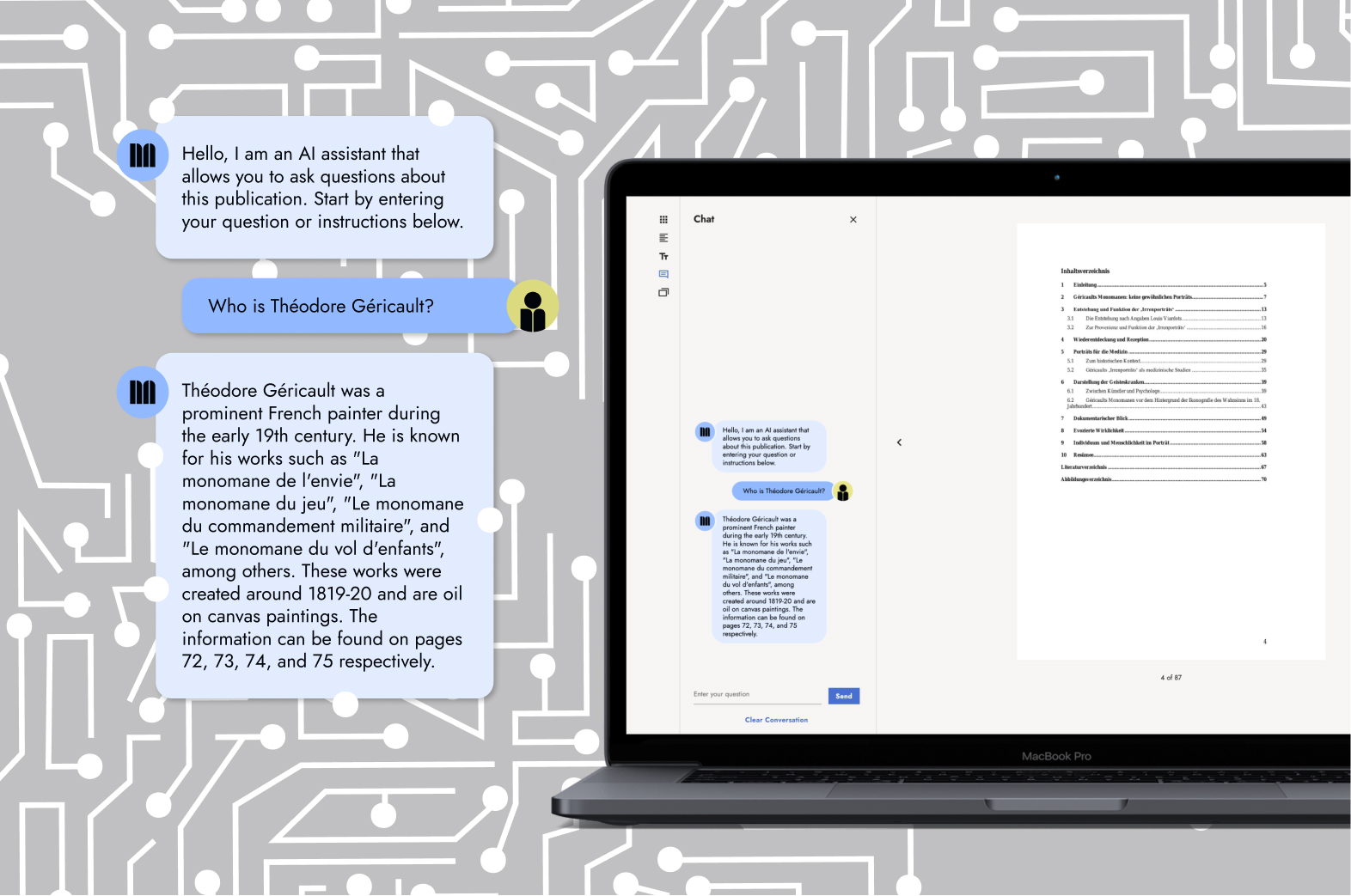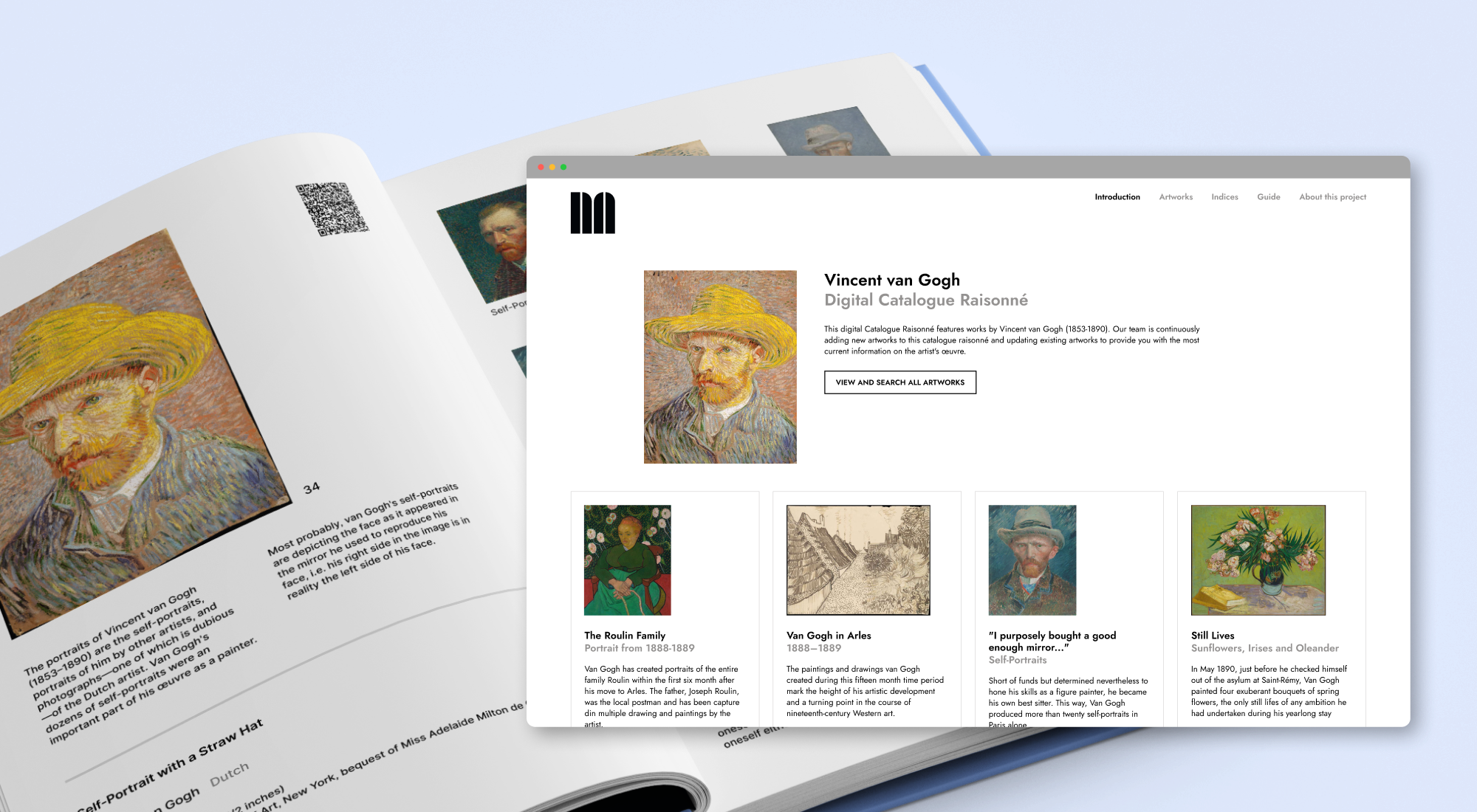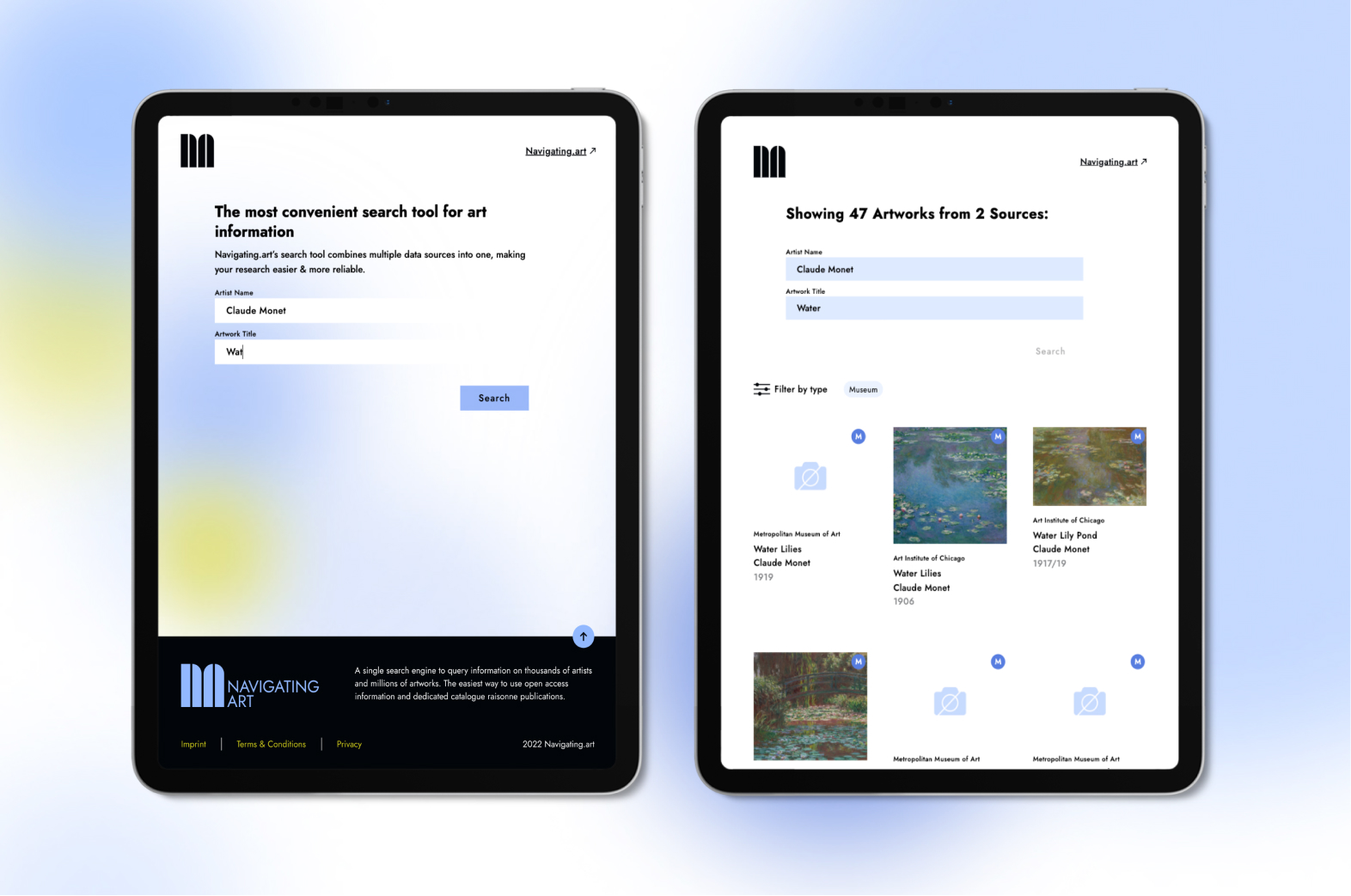How improving digital workflow leads to efficiency and impact
Whether introducing children to new ideas, sustaining local biodiversity, or prompting memories in people with dementia, museums make a real impact. They provide formative experiences, remain companions to visitors of all ages, and help humans care for other species. It’s natural to focus on the activities that make a difference. But what about the systems that help museum workers achieve their loftier goals?
Technologies and processes influence how all museums work and how they deliver their knowledge to the public. They can either help or hinder them. Museums already work with a myriad of digital workflow tools, – from collection and digital asset management systems to engagement applications. But clunky processes or incompatible tools get in the way of museum workers’ jobs. Not to mention the amount of money museums waste on ill-fitting technologies. This article explains how museums can implement digital tools to make operational gains and apply them to amplify their mission-driven activities.
It’s time to place digital workflow tools at the heart of the museum mission.
Digital workflow tools for efficiency
Doing a lot with a little is a familiar situation for many who run museums. Workflow tools create capacity for organizations to do more with available resources. Redirect funds from avoidable operational costs to mission related activities. Free up staff time so they can spend more time sharing cultural heritage with the world.
Value the needs of staff and contractors
A museum’s most important asset is its people. Whether salaried or freelance, the heritage sector relies on the labor of skilled and creative individuals. Providing people with work-enhancing technology increases individual levels of job satisfaction and commitment. From standardizing daily tasks such as collection management to easing cross-departmental and outside collaboration, any digital workflow tool that makes people’s jobs more efficient is a worthy investment.
Retain staff and attract talented individuals to work for the organization with digital workflow tools. Help staff at all levels develop digital literacy and improve their skills. Remote working is here to stay. Offer a modern work environment with collaborative digital tools that workers can access from any location. Access a diverse pool of workers – including parents and people with conditions that limit their ability to travel for work. Avoid high staff turnover by providing development opportunities and flexible working arrangements. Digital workflow tools help museums keep pace with other industries and demonstrate they value the people who work in them.
Refocus from process to participant experience
Programming expenses are the most common operational costs for museums. But organizing essential activities such as exhibitions and public events needn’t come at an extortionate cost. Simplify loan agreements, insurances, or third party access with digital collection management tools that comply with industry standards and formats. Put a stop to lengthy and bureaucratic processes and focus on audiences instead.
Consolidate digital infrastructure into one tool
Don’t spend money on multiple technologies when an all-in-one solution exists. House Digital Asset Management Systems (DAMS), collection management databases, and public access features in one place. Centralizing and managing information in one platform makes it easier to locate, avoids duplication, and increases security. Eliminate the need for different applications and the time required to transfer data between them.
Plan for the expected, prepare for the unforeseen
Continue business as usual during times of planned or unexpected change. Prevent lost income from putting projects on hold. Whether undergoing a large-scale renovation or shuttering doors because of an emergency, digital tools ensure that collections remain accessible to staff during times of closure. Robust digital processes equal more nimble and responsive organizations better equipped to transition to new modes of program delivery.
Generate income with a collection management system that works for you
Whether from fundraising contributions, ticket sales, or renting event space – all museums must earn money to keep their missions alive. Yet, income-generating activities have a dull reputation. Banish time-consuming and tedious funding tasks with digital tools. Revolutionize fundraising efforts and increase cash flow.
Increase fundraising success
From completing funding applications to soliciting individual donations, organizations rely more than ever on digital tools for fundraising. Retrieve public access data or online engagement figures to impress funders. Reinvent that clear perspex box that sits in the museum's foyer and whispers at visitors to donate their spare cash. Add a donation button to the museum’s website or try an email campaign. Digital tools enable staff to get playful and creative with fundraising – and incorporate data to support their requests.
Integrate e-commerce tools
Everybody loves a museum-branded tote bag. Now visitors can purchase museum memorabilia when browsing online. If it’s within the museum's priorities and relates to its mission, e-commerce can offer a valuable revenue stream. Save the staff, maintenance, and inventory costs associated with running a physical store. With a digital store there is no need to keep shelves stocked. Manage supply to suit demand and only spend money on restocking when it's necessary.
Use digital workflow tools to deliver mission-driven activities
Museums exist to preserve information about the past for use by future generations. In the process museums craft programs intended to touch individuals and inspire communities. It’s these activities that draw so many people to work in museums. Digital workflow tools revolutionize core tasks and support the generation of creative ideas.
Manage collection information with ease
Every museum with a collection has some system for organizing its materials. Outmoded or inappropriate collection management systems create staff headaches and drain an organization's funding. Choosing a modern platform that is flexible to staff and collection needs eliminates these risks. The right digital tool will also enhance collection-based activities. Well designed digital collection management tools lead to more accurate documentation of information that is quicker to find and easier to use.
Bring more of the collection to light
Gain greater access to collection items secreted away in storage with more effective digital collection management tools. Collecting organizations stow away as much as 90% of their collection in storage at all times. Instead of turning to loans and traveling exhibitions – which come with a large price tag – museums could design programs and experiences using the resources they already have. Make the most of collection treasures with digital systems that make all items visible.
Preserve heritage information for future generations
In the United States alone, museums preserve and protect more than a billion objects. All of which museums must maintain on a regular basis. Keep track of an object's conservation history and report on its condition using a digital collection management system that integrates industry standard procedures. Use a tool with public access feature to make digital surrogates available to the public. Reduce the need and cost of restoration with digital workflow tools.
Become a hub of knowledge production
Participate in the burgeoning open access movement with digital tools that offer flexible access features. Share collection information with researchers in an instance and cut down on the time staff spend downloading and sending difficult to decipher collection entries. Become a world-renowned source of vibrant and credible heritage information. Open and collaborative digital tools enrich the open data ecosystem with reliable evidence of the past and bolster the organizations’ reputation.
Create engaging digital visitor experiences
Digital visitor engagement is an increasing priority for museums. Yet successful digital engagement is only possible if museums have a strong digital foundation. There’s no point investing time and money in swanky engagement applications without having the digital infrastructure to support them. Digital workflow tools create digitally literate organizations, better equipped to design memorable digital experiences for their audience.
Make time for creative and critical thinking
With tighter and more competitive funding – plus calls on museums to step up to their social missions – the present reality for museums is a challenging one. Yet bolder ambitions needn’t come at additional cost. By modernizing their operations through the use of digital workflow tools museums can make budgetary savings, attract more lucrative business, and stay relevant.


